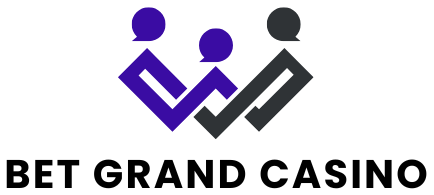In the world of sports betting, odds are more than just numbers — they are calculated reflections of probability Tỷ lệ kèo, risk, and profit margins. Understanding how bookmakers set these odds reveals a fascinating blend of mathematics, psychology, and business strategy.
What Are Odds?
Odds represent the likelihood of a particular outcome in an event, such as a football match or a horse race. They also determine how much a bettor will earn if their wager is successful. For example, if a team has odds of 2.00 (in decimal format), it means a successful $10 bet would return $20 (the stake plus $10 profit).
There are three common formats for odds:
- Decimal odds (e.g., 2.50): Popular in Europe, Australia, and Canada.
- Fractional odds (e.g., 5/2): Common in the UK and Ireland.
- Moneyline odds (e.g., +150 or -200): Used mainly in the United States.
Despite the different formats, all odds serve the same purpose — to indicate the implied probability of an outcome and potential payout.
How Bookmakers Calculate Odds
Bookmakers don’t set odds simply based on who is more likely to win. Instead, they rely on a combination of statistical models, historical data, market trends, and expert insights.
Here’s a simplified breakdown of the process:
1. Implied Probability
The first step is determining the probability of each outcome. This can be based on:
- Team/player performance stats
- Head-to-head records
- Injuries, weather, and other external factors
For example, if a bookmaker believes a team has a 50% chance of winning, the “true” odds would be 2.00 in decimal format. This is derived using the formula:
Decimal Odds = 1 / Probability
So, 1 / 0.50 = 2.00.
2. Adding the Overround (Margin)
Bookmakers are businesses aiming to make a profit, so they add a margin known as the “overround” or “vig.” This ensures they profit regardless of the outcome.
Using the earlier example, instead of offering 2.00, the bookmaker might offer 1.90. This small reduction skews the implied probability in the bookmaker’s favor. The overround is calculated by adjusting the odds of all possible outcomes so that their total implied probabilities exceed 100%.
3. Market Influence
Odds are dynamic. Once they are released, they can change based on betting activity. If a large number of bets are placed on one outcome, the bookmaker might shorten those odds to reduce potential payout liability and lengthen the odds of the opposing side to attract more balanced betting.
This helps them maintain a balanced book, where losses on one outcome are offset by profits on others.
Balancing Risk and Reward
The art of setting odds is really the science of managing risk. Bookmakers use complex algorithms and real-time data feeds to continuously update odds. In many cases, especially for high-stakes or fast-moving markets, this process is partially automated but overseen by professional traders and analysts.
These experts monitor:
- Betting volume
- News updates (injuries, transfers, lineup changes)
- Sharp money (bets from experienced, successful punters)
This allows bookmakers to stay ahead of the curve and adjust odds before significant imbalances can develop.
Final Thoughts
Odds are not just educated guesses — they are meticulously calculated to reflect both probability and profit. While the average bettor sees a number representing potential winnings, bookmakers see a formula built on data, risk management, and strategic thinking.
Understanding the science behind odds can help bettors make more informed decisions and appreciate the complexity of the system that powers the global betting industry.
